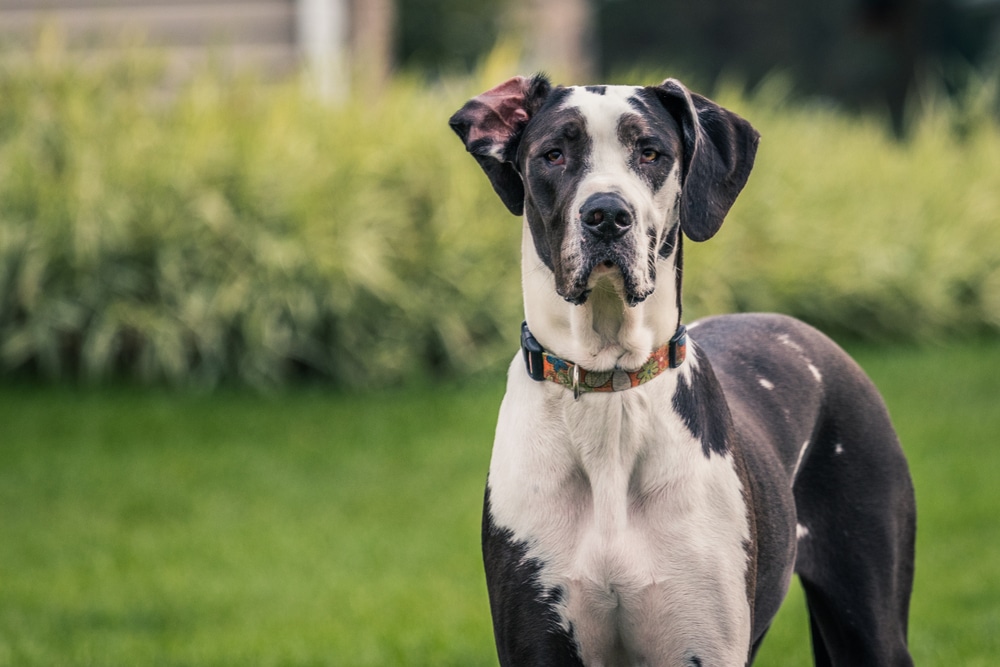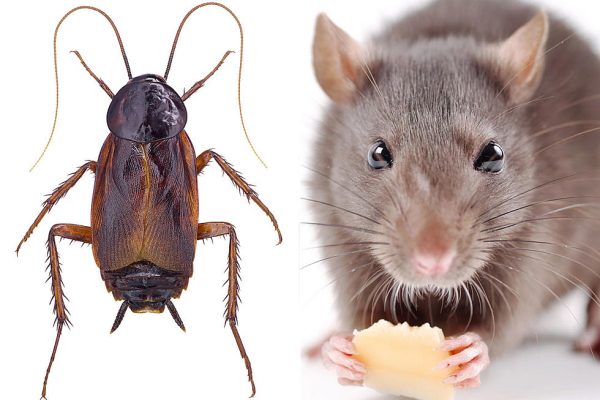“Great Danes are examined in this study for their lifespan and physical characteristics, as well as for factors that influence their longevity. A great Dane’s long life is influenced by genetics, nutrition, exercise, veterinary care, and preventative measures. We also examine their history, physical characteristics, and factors that may influence their survival.
What is Great Dane?
Dog breeds such as the Great Dane are known for their large size and gentle disposition. Due to the majestic nature of their appearance, they are often referred to as the “Apollo of dogs”.
History and Origins
German Mastiffs, often referred to as Great Danes, are a breed that originated in Germany. It has a rich history dating back to ancient civilizations and is bred to hunt large game. Eventually, their loyal and gentle nature led to them becoming a companion and family pets.
Physical Characteristics
They are also known for their friendly disposition, along with their striking appearance. Often considered one of the largest breeds of dogs, they can reach heights of 32 inches (81 cm) at the shoulder and weigh between 100 and 200 pounds (45-91 kg). They are visually impressive because of their muscular build, deep chest, and elegant gait. The Great Dane is known for its gentle and affectionate temperament despite its enormous size.
Average Lifespan of a Great Dane
It is generally accepted that the life expectancy of a Great Dane ranges from 8 to 10 years. If they are properly cared for and given attention to their specific needs, some Great Danes can live well beyond their teenage years. The lifespan of a dog can be influenced by both individual factors as well as genetics.
Factors Affecting Lifespan

For a Great Dane to live a long and healthy life, several factors must be considered. To ensure a dog’s long and fulfilling life, owners should be aware of these factors to make informed decisions.
Genetics and Hereditary Factors
The genetic makeup of a Great Dane influences its lifespan in a significant way. Responsible breeders aim to minimize hereditary health issues through careful selection and breeding practices. Nevertheless, certain genetic conditions may have an impact on a dog’s lifespan. Breeders who conduct health screenings on their breeding stock are essential for obtaining a Great Dane.
Diet and Nutrition
An individual’s health and longevity depend on the proper nutrition they receive. Large breed dogs need to consume a diet that is well-balanced, and specifically formulated for them so that they can grow, develop and maintain their immune systems.
You must provide your dog with high-quality food, which is enriched with essential nutrients and appropriate for the size and age of the animal.
Exercise and Physical Activity
Great Danes must participate in regular exercise and physical activity to maintain good health. They need to be exercised daily even though they are not overly energetic dogs.
They need exercise to maintain a healthy weight, strengthen their muscles, and stimulate their minds. Although their size makes them susceptible to excess strain on their joints, it is important to strike a balance and avoid excessive exercise.
Veterinary Care and Preventive Measures
A great deal of health and longevity can be achieved by ensuring that Great Danes receive regular veterinary care. Preventative measures such as flea and tick control, heartworm prevention, and dental care are vital to the health of the animal.
Regular checkups, vaccinations, and dental care are essential. If health issues are detected early, they can be treated and intervened upon promptly.
Promoting Longevity and Well-being
Certain practices can be implemented to prolong the lifespan and improve the quality of life of your Great Dane.
Proper Nutrition and Feeding
There is a need to provide Great Danes with a balanced and nutritious diet tailored to their needs. Ensure that they receive high-quality dog food that is appropriate for their age, size, and any dietary requirements that they may have. Water should always be available to them.
Regular Exercise and Mental Stimulation
For the physical and mental well-being of your Great Dane, it is essential to engage them in regular exercise.
You can keep them active and mentally stimulated by taking them for daily walks, participating in play sessions, and using interactive toys. Puzzle toys or training exercises can provide exercises that support a healthy mind and prevent boredom.
Routine Veterinary Check-ups
The importance of frequent visits to the veterinarian cannot be overstated when it comes to preventing health problems and identifying them early. Your veterinarian should recommend regular checkups, vaccinations, and screenings.
As well, be alert to any changes in the dog’s behavior, appetite, or physical condition and ensure that he receives veterinary care if necessary.
Preventive Measures and Vaccinations
To keep your Great Dane healthy and parasite-free, you must protect him against diseases, parasites, and common health issues. Maintain proper hygiene and cleanliness in their living environment as well as administer preventative medications as recommended.
Must Read: Mouse vs. Rat: Understanding the Differences and Similarities
Conclusion
As a general rule, Great Danes live between 8 and 10 years, though certain factors can influence this duration. When you understand the breed’s particular needs and implement the proper care, you can increase the longevity and health of your pet.
You can ensure a healthy and fulfilling life for your Great Dane by ensuring regular veterinary care, a balanced diet, exercise, and preventive measures.





